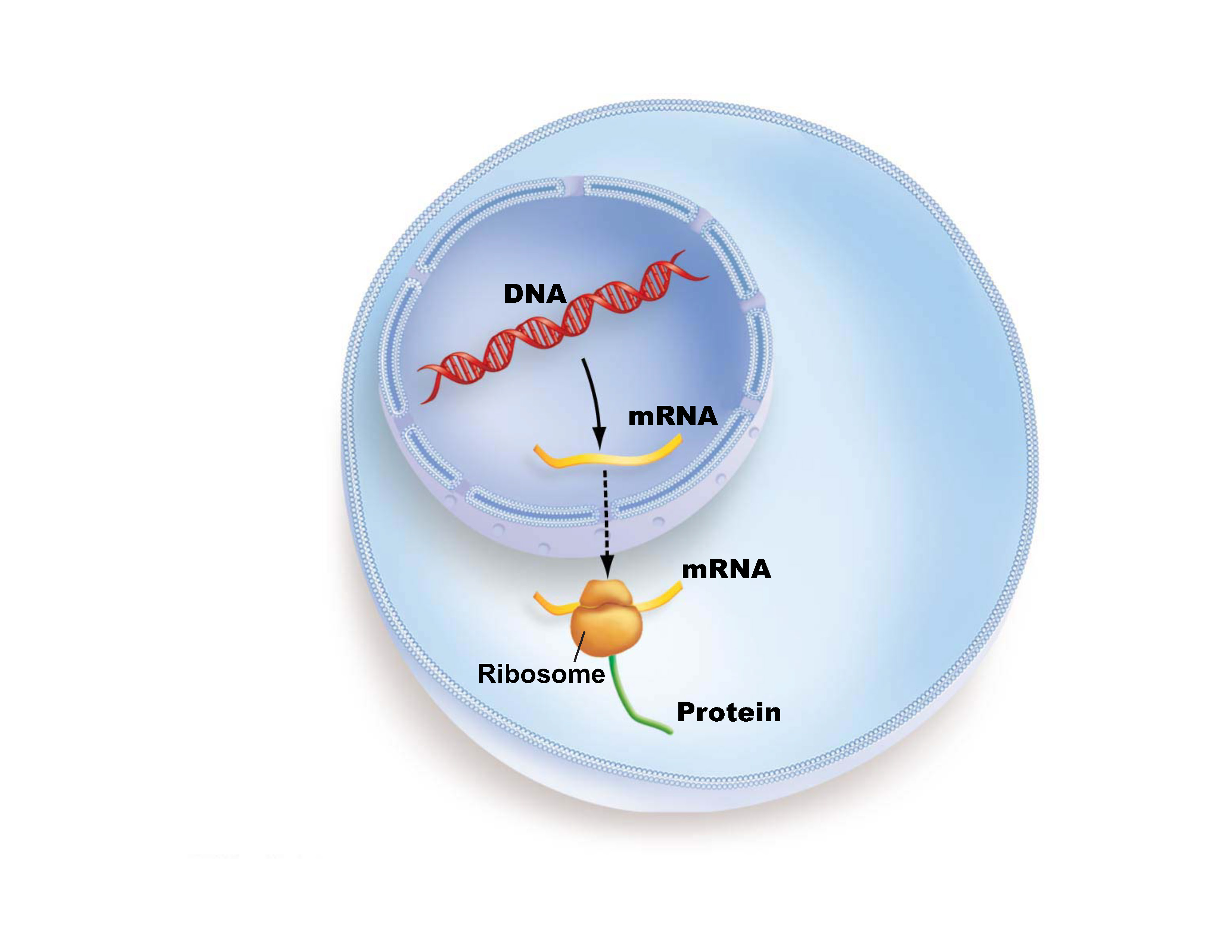
Please note! Course description is confirmed for two academic years, which means that in general, e.g. Learning outcomes, assessment methods and key content stays unchanged. However, via course syllabus, it is possible to specify or change the course execution in each realization of the course, such as how the contact sessions are organized, assessment methods weighted or materials used.
LEARNING OUTCOMES
After completing the course the student will be able to:
Name basic structures of cells (plant, microbe, animal)
Present examples of the structure and function of amino acids and proteins in cells
Describe at a general level the function of enzymes and the basics of enzyme kinetics
Present selected cell energy metabolism and principal metabolic routes
Produce examples of the structure and function of DNA and RNA in cells
Credits: 5
Schedule: 14.01.2021 - 14.04.2021
Teacher in charge (valid 01.08.2020-31.07.2022): Sandip Bankar, Silvan Scheller
Teacher in charge (applies in this implementation): Sandip Bankar, Tero Eerikäinen, Silvan Scheller, Heli Viskari
Contact information for the course (applies in this implementation):
CEFR level (applies in this implementation):
Language of instruction and studies (valid 01.08.2020-31.07.2022):
Teaching language: English
Languages of study attainment: English
CONTENT, ASSESSMENT AND WORKLOAD
Content
Valid 01.08.2020-31.07.2022:
A basic course in biochemistry with focus on:
Biomolecules (carbohydrates, amino acids, lipids, nucleic acids)
How genes code for proteins
Basics of biocatalysis and function of proteins: enzymes and their physical, chemical, biological and catalytic properties, enzyme kinetics, stability and activity
Basics of cell energy metabolism
Assessment Methods and Criteria
Valid 01.08.2020-31.07.2022:
The course includes lectures and group work. Students participate in laboratory demonstrations, calculation-assignments, and carry out given assignments independently or in a group. Grading is based on group and independent assignments completed during the course (e.g. demonstrations, study groups or other summaries or midterm tests) (25%) and course examination (75%). Failure to participate in lab demonstrations leads to a reduction in points (0.75 /missed demonstration).
Workload
Valid 01.08.2020-31.07.2022:
5 cr = 135 h
Contact hours (36h):
· Lectures 12 x 2 (1 x weekly) = 24h
· demonstrations in the laboratory or other assignments 4 x 3 = 12 h
Student Independent work (99h)
Electronic assignments, time approximated: 5 x 3h = 15h
Exam 4 h
Independent study 80h
DETAILS
Study Material
Valid 01.08.2020-31.07.2022:
Pearson Biological Science, Sixth Edition, Freeman, Quillin, Allison, Black, Podgorski, Tylor
Substitutes for Courses
Valid 01.08.2020-31.07.2022:
CHEM-A1300 Biochemistry, CHEM-A1310 Basics of Bioscience and KE-30.2120 Biochemistry and Microbiology I
Prerequisites
Valid 01.08.2020-31.07.2022:
Laboratory safety course CHEM-A1010 or CHEM-E0140 (or alternatively, laboratory safety as part of courses CHEM-A1000 or CHEM-E0100 taught before Academic Year 2017-2018) must have been passed before performing any laboratory works in this course.
SDG: Sustainable Development Goals
4 Quality Education
13 Climate Action
15 Life on Land
